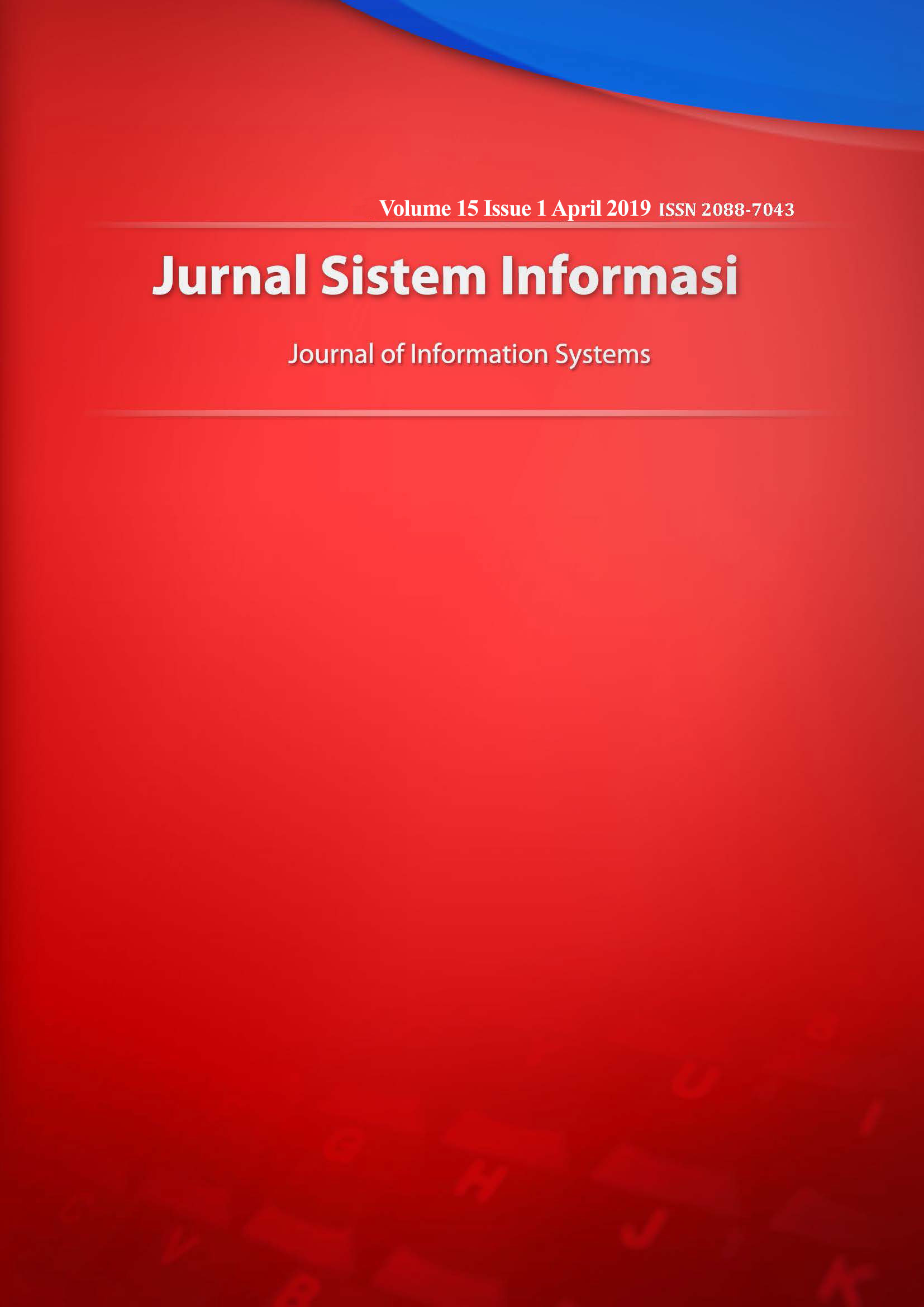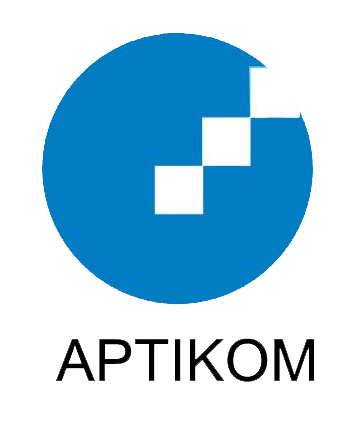ASSESSMENT OF BUSINESS PROCESS MANAGEMENT FOR MSMEs IN EAST JAVA
Abstract
The role of micro, small and medium enterprises (MSME) for the economy of many countries, especially Indonesia are very important. The garment industry is one of the developing industries in Indonesia. Enterprises need to understanding, documenting, modelling, analyzing, simulating, implementing to increasing the value and achieving business operational efficiency and survive business competition. Therefore, it is necessary to know assess the maturity level of business process management in MSMEs. The purpose of this study is to assess the maturity level of business process management from MSMEs. First, the relevant literature is reviewed to gain insight into the practice of business process management in general, the context of MSME in Indonesia and previous studies related to business process management in the context of MSMEs. This research was conducted in East Java and data collection was done by distributing questionnaires to MSME owners. This study shows that a lack of knowledge resources about BPM is the main factor causes the MSMEs have low business process maturity level.
Downloads
References
[1] Kevin McCormack et al., "A global investigation of key turning points in business process maturity," Business Process Management Journal, vol. 15, no. 5, pp. 792-815, September 2009.
[2] Van der Aalst, W. M.P., "Business process management: a comprehensive survey," Business Information System Engineering, pp. 1-37, 2012.
[3] Burlton T. Roger, Business Process Management: Profiting from Process.: [Google Scholar], 2001.
[4] Ian Dallas and Moe Thandar Wynn, "Business Process Management in Small Business: A Case Study," springer, pp. 25-46, October 2014.
[5] Wil M. P. van der Aalst, Marcello La Rosa, and Flavia Maria Santoro, "Business Process Management Don’t Forget to Improve the Process!," Business Information System Engineering, vol. 58, no. 1, pp. 1-6, 2016.
[6] Michael Rohloff, "Process Management Maturity Assessment," Americas Conference on Information Systems, 2009.
[7] Ovidiu Nicolescu, "Main Features of SMEs Organization System," Review of International Comperative, vol. 10, no. 3, 2009.
[8] BI, "Pemetaan dan Strategi Peningkatan Daya Saing UMKM dalam Menghadapi Masyarakat Ekonomi Asean (MEA) 2015 dan Pasca MEA 2025," Departemen Pengembangan UMKM Bank Indonesia (BI), 2016.
[9] http://presidenri.go.id/, "Potensi Besar UKM Industri Makanan-Minuman," 08/06/2016/ 12:02 WIB.
[10] Mahendrawathi ER, N. Pujawan, and U. Chotijah, "The Value of Business Process Management for Micro Enterprise in Indonesia," Operations and Supply Chain Management Conference, Phuket, Thailand, December 2016.
[11] Umi Ch and Mahendrawathi Er, "Framework of Business Process Management (BPM) Assessment for MSMEs," in 3rd International Seminar on Science and Technology (ISST), Surabaya, 2017, p. 43.
[12] Roger T. Burlton, "Delivering Business Strategy Through Process Management," in Handbook on Business Process Management 2 : International Handbooks on Information Systems, Second Edition, ed. Canada: Springer-Verlag Berlin Heidelberg , 2015, pp. 5-37.
[13] T.H. Davenport, "Process InnovationReengineering Work through Information Technology," Harvard Business School Press, Boston. , 1993.
[14] M.H. Hammer and J. Champy, , "Reengineering the Corporation: A manifesto for Business evolution," Harper Business, New York, 1993.
[15] K.P., Johnson, W.C. McCormack, "Business Process Orientation – Gaining the EBusiness Competitive Advantage," St. Lucie Press, Florida, 2001.
[16] R.T. Burlton, Business Process Management: Profiting from Process.: Indianapolis, Sams, 2001.
[17] P. Harmon, "Business Process Change: A Manager's Guide to Improving, Redesigning, and Automating Processes," 2003.
[18] P.G.W. Keen., "The Process Edge - Creating Value where It Counts," Harvard Business School Press, 1997.
[19] P. Sikavica and M. Novak, "Business Organization (in Croatian)," 1999.
[20] K.P., Johnson, W.C. McCormack, "Business Process Orientation – Gaining the EBusiness Competitive Advantage," 2001.
[21] R., Bosilj-Vuksic, V., Indihar Stemberher, M. Skrinjar, "The impact of business process orientation on finacial and non-financial performance," Business process management journal, vol. 14, no. 5, pp. 738-754, 2008.
[22] Van den Bergh, J., Willems, J.,Deschoolmeester, D. Willaert P., "The Process-Oriented Organisation: A Holistic View Developing a Framework for Business Process Orientation Maturity," 2007.
[23] Umi Ch and Mahendrawathi Er, "Framework of Business Process Management (BPM) Assessment for MSMEs," in 3rd International SeminaronScience and Technology (ISST), Surabaya, 2017, p. 43.
Electronic Publication, Information from the internet
BI, "Pemetaan dan Strategi Peningkatan Daya Saing UMKM dalam Menghadapi Masyarakat Ekonomi Asean (MEA) 2015 dan Pasca MEA 2025," Departemen Pengembangan UMKM Bank Indonesia (BI), 2016.
http://presidenri.go.id/, "Potensi Besar UKM Industri Makanan-Minuman," 08/06/2016/ 12:02 WIB.
Theses, Dissertation
Umi Chotijah. Penilaian Business Process Management (BPM) Untuk Tingkat Kesiapan Implementasi Teknologi Informasi Pada UMKM Di Jawa Timur: Multi Studi Kasus Pada UMKM Garmen, Pengolahan Makanan Dan Furnitur. Thesis. Surabaya: Postgraduate ITS; 2017
Copyright (c) 2019 Jurnal Sistem Informasi

This work is licensed under a Creative Commons Attribution-ShareAlike 4.0 International License.
Authors who publish with this journal agree to the following terms:
- Authors retain copyright and grant the journal right of first publication with the work simultaneously licensed under a Creative Commons Attribution License that allows others to share the work with an acknowledgement of the work's authorship and initial publication in this journal.
- Authors are able to enter into separate, additional contractual arrangements for the non-exclusive distribution of the journal's published version of the work (e.g., post it to an institutional repository or publish it in a book), with an acknowledgement of its initial publication in this journal.
- Authors are permitted and encouraged to post their work online (e.g., in institutional repositories or on their website) prior to and during the submission process, as it can lead to productive exchanges, as well as earlier and greater citation of published work (See The Effect of Open Access).








